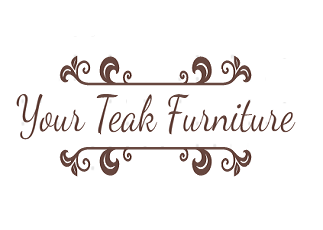Slate roofs are known for their durability and timeless beauty, but even the sturdiest of roofing materials can suffer damage during severe storms. If you have a slate roof and it has been subjected to storm damage, it’s essential to take immediate action to prevent further issues and ensure the integrity of your roof. In this article, we’ll guide you through the steps you should take if you suspect storm damage to your slate roof. First of all, the best thing to do would be to in the first instance, contact roofers North Wales.
- Safety First:
Before you inspect your roof for damage, prioritise safety. Ensure the storm has passed, and it is safe to go outside. Be cautious of slippery surfaces and unstable debris that may have fallen on your roof or in your vicinity.
- Visual Inspection:
Once it’s safe, conduct a visual inspection from the ground or a safe vantage point. Look for obvious signs of damage, such as loose or missing slate tiles, broken or displaced ridge tiles, or any other visible issues. Take note of the extent of the damage and any potential hazards.
- Document the Damage:
Use a camera or smartphone to document the damage thoroughly. Taking clear photos or videos will be invaluable when dealing with insurance claims or hiring a professional roofer for repairs. Documenting the damage helps provide evidence of the storm’s impact.
- Check for Interior Damage:
Inspect the interior of your home for signs of water leaks or ceiling damage. Water stains, sagging ceilings, or dampness are indicative of roof damage that may require immediate attention. Address any interior damage promptly to prevent further problems.
- Contact a Professional Roofer:
While you may have identified some visible damage, it’s essential to consult with a professional roofer experienced in working with slate roofs. They can conduct a thorough assessment of the damage, including potential hidden issues, and provide expert guidance on the necessary repairs.
- Temporary Repairs:
In the event of severe damage that could lead to further water intrusion, temporary repairs may be necessary. Cover exposed areas with tarpaulins or waterproof materials to prevent additional moisture from entering your home. However, temporary fixes should not replace professional repairs.
- Insurance Claim:
If your homeowner’s insurance covers storm damage, contact your insurance provider to initiate a claim. Provide them with the documentation you gathered, including photos and videos of the damage. Be prepared to provide additional information and work closely with your insurer to ensure a smooth claims process.
- Avoid DIY Repairs:
Slate roofing is a specialized roofing material, and attempting DIY repairs can lead to more significant problems if not done correctly. It’s best to leave slate roof repairs to experienced professionals who have the knowledge and skills to work with this material effectively.
- Preventative Maintenance:
Once your slate roof is repaired, consider implementing a preventative maintenance plan. Regular inspections and maintenance can help identify potential issues before they become major problems, extending the lifespan of your roof.
- Storm Preparedness:
Lastly, take the experience as a reminder to prepare for future storms. Ensure your gutters are clear of debris, secure loose items around your property, and consider reinforcing vulnerable areas of your roof if necessary. Preparedness can help mitigate damage in future storms, and improve your home.
In conclusion, if you suspect storm damage to your slate roof, safety and prompt action are essential. Begin with a visual inspection, document the damage, consult with professionals, and take the necessary steps to ensure your roof is repaired correctly. By following these guidelines, you can safeguard your slate roof’s integrity and protect your home from further damage. Remember that professional assessment and repairs are key to maintaining the longevity and beauty of your slate roof.

